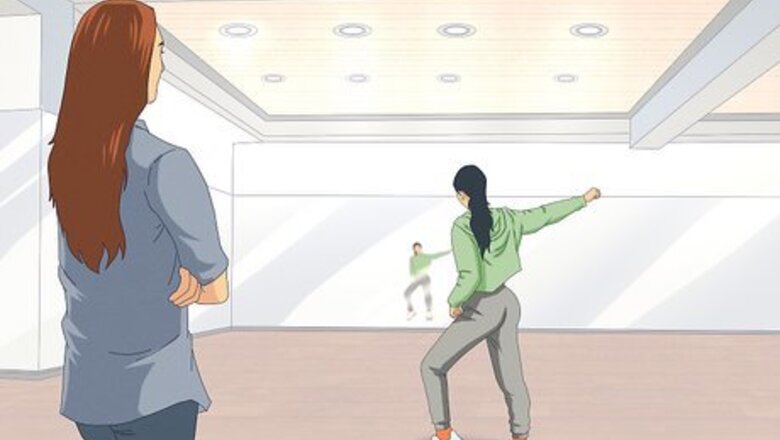
views
Building Confidence
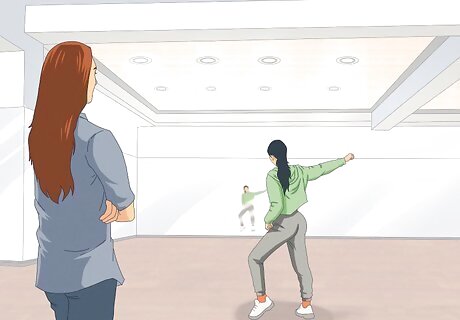
Get consistent feedback. Practicing in front of a mirror and recording training sessions will give you plenty of self-feedback, which is important. However, getting regular feedback from an outside source is also crucial for your improvement. Enlist a dance instructor, advanced dance student or a knowledgeable friend or family member to watch you perform. Go over your performance with them in detail afterward. Ask them to tell you what you’re doing well along with what needs improvement. The positive reinforcement provided in the feedback will increase your confidence.
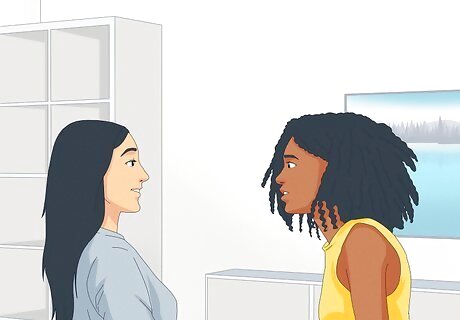
Find a strong support system. Have a few key people that you can turn to for advice and motivation, like friends and family members. Consider joining a local dance team for positive reinforcement and interaction. Search out a mentor or instructor to work closely with. These close interactions will provide support and help you build confidence. A good instructor/mentor will provide advice and motivation without interfering with your natural abilities.
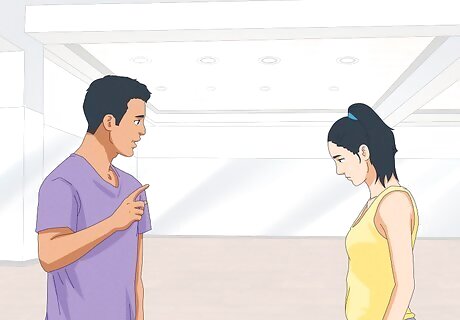
Tune out negativity. Constructive criticism from outside sources is crucial for improvement. Harsh, negative commentary from others is not. Ignore any harmful negativity aimed at you. Try to avoid engaging in negative self-talk and criticism, as well. Replace your negative thought patterns with positive ones. An example of constructive criticism is, “Your technique gets a little shaky during the middle of the routine. Work on those particular movements before our next session.” An example of negative commentary to avoid is, “Your technique is weak. Your movements are sloppy and imprecise. You need to do a lot more practicing before you let anyone else see that.”
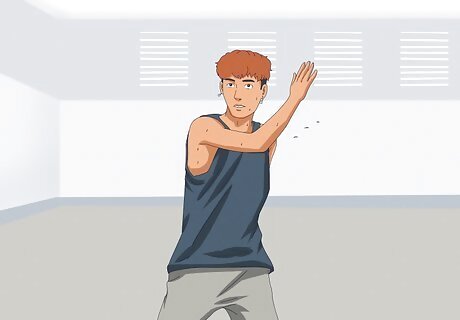
Train seriously. Practice breeds confidence. Be sure to put in the necessary amount of training and preparation required for improvement. By consistently putting in serious time and effort, you will become more advanced as a dancer. You will begin to trust in your own skills. As you continue to train and advance, you will become naturally confident about your dancing.
Dancing in Social Situations
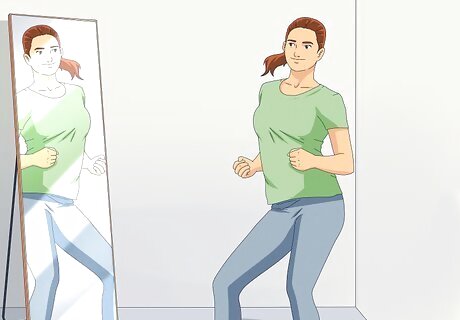
Practice at home in front of a mirror. If you’re worried about dancing at a club or during some other social situation, you’re not alone! This is a normal concern, especially if you’ve never danced in public before. The best way to combat your nervousness is to practice at home, preferably in front of a mirror. Wait until you can get some time alone to practice. When you’re ready, start by putting on a song with a good beat that you can dance to. No one is watching, so close your eyes and get into the music. Incorporate different styles of dance, and see what styles you are best at.
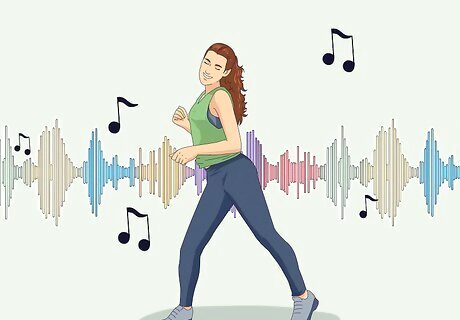
Move to the beat. The beat is the thump-thump-thump pattern that you hear. Relax and then start to nod your head along with the beat. As you get into the song, start to move your arms very slightly back and forth to the beat. Relax your shoulders and your knees so that they’re loose and easy to move. Gently bounce on your knees to the beat.
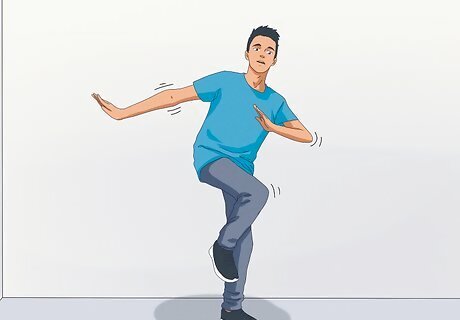
Incorporate the torso and arms. Your knees are loose. You’re bouncing on them as you nod your head to the beat. Relax your torso and then rotate it slightly, keeping in time with your knee movements. The movement is sort of like when you're skiing. Make sure your arms are relaxed, then start to move them up and down. Swing your arms so that they move in time with the beat. Continue to bend your knees and rotate your torso as you incorporate the arm movements.
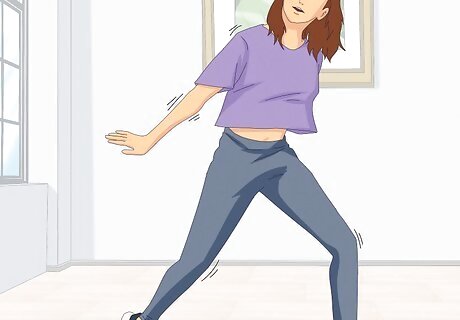
Keep it simple and low-key. As you grow more comfortable, start incorporating additional movements. Loosen and move your shoulders in time with your arm movements. Get your feet moving to the beat – take steps side to side or back and forth. Vary your arm movements a bit. Make sure you continue to nod your head, which will help you stay in sync with the song’s beat. Start out slow and ease your way into it. It’s always better to make low-key movements rather than spastic ones.
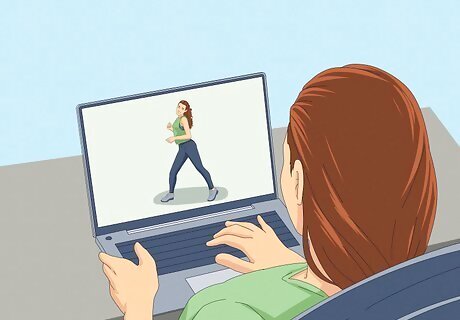
Observe how other people dance. Watch how people dance in music videos and in movies. Take note of their movements and try them out. Check out the way your friends dance for more ideas. If you’re at a club or party, look for inspiration by watching everyone. You can incorporate your new moves on the spot, or save them for when you’re practicing.
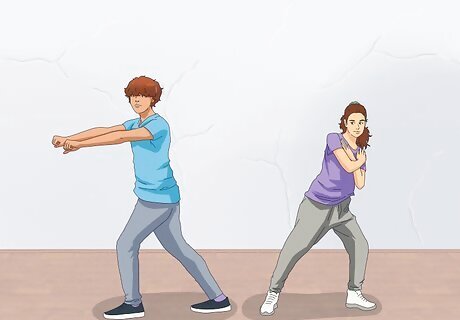
Be ready to adapt to the situation. When you’re dancing, you won’t always have the space you’re used to having during practice. Anticipate different scenarios, such as a crowded dance floor. Practice how you would move in that situation. Consider how you’d move if you had lots of space on a relatively empty dancefloor. Also practice how you’d adapt to dancing face-to-face with another person. You’ll need to be aware of your knees, so that you can avoid knocking them with your dance partner. You also won’t have a lot of arm room in front of you. It might feel a little silly, but if you’re having a hard time picturing this, turn to face a wall and dance very close to it.
Training as a Dancer
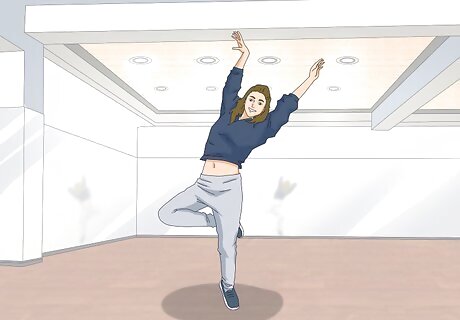
Train frequently. Set a practice schedule for yourself and stick to it. In order to improve, your training sessions should increase in intensity, length and/or frequency over time. The amount of training you choose to do depends on your personal goals and the kind of dance you’re performing. In general, if you’re trying to become a better dancer, a daily practice session is ideal. If you’re a beginner, start with a few training sessions per week and work your way up to daily training. Set a training plan for yourself that gradually increases in difficulty. Take practice seriously by removing distractions, like your cell phone and tablet, from the practice room.
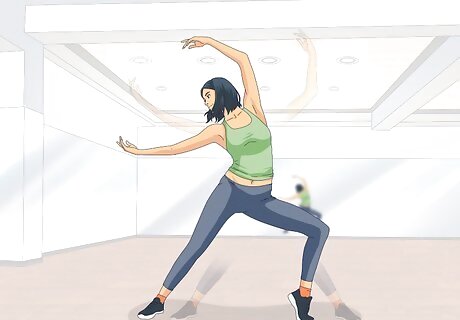
Assign small tasks or goals for each training session. As you’re creating your training plan, try to choose a few things to focus on for each session. For example, you could choose to concentrate on particular movements or portions of a routine in one session. If necessary, set a timer to let you know when you should move on to the next task. To prevent injury, warm up your muscles before practice with some light cardio, like running in place or jumping jacks. Don’t forget to schedule five to fifteen minute breaks into your sessions.
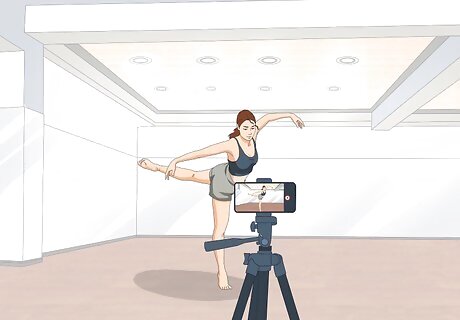
Practice in front of a mirror and video your training sessions. Watching yourself dance is an important training tool. By practicing in front of a mirror, you can immediately correct mistakes and tweak movements in your performance. Taking video of your training sessions is equally important. Spend some time reviewing the video and analyzing yourself afterward. As you review your videos, ask yourself questions like, “What are my strengths? What are my weaknesses? How is my technique?” Take notes and incorporate what you’ve learned into your next training session. This will result in constant improvement.
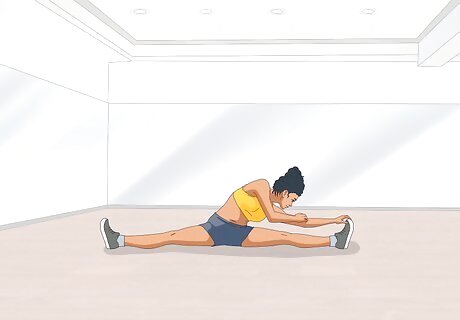
Stretch after practice. Flexibility is crucial for a dancer. Create a stretching routine and perform it after each practice. Stretch out the muscles that you use the most – the hamstrings, quads, hip flexors, calves, shoulders, forearms and lats. When you’re stretching a muscle, make sure you are in a comfortable position. You should be able to breathe normally and easily. Hold each stretch for 20 to 30 seconds. Always wait until after you practice to do any serious stretching. Deep stretching can temporarily weaken your muscles, so doing it before practice is counterproductive. Your post-training flexibility routine should be about 10 minutes long.
Keeping Yourself Fit
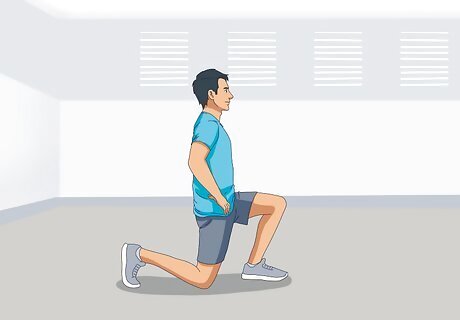
Do aerobic exercise and strength training three times per week. Your dance training shouldn’t be the only exercise you get. You also need between 20 and 40 minutes of aerobic exercise three times each week. Aerobic exercise is any kind of continuous movement that keeps your heart rate up, like running, aerobics classes, swimming, cycling, and skipping. Strength training using light weights should be performed three to four times per week. In general, dancers don’t need to add any bulk, so avoid lifting any heavy weights. Training with light weights will increase the strength and endurance of your muscles without adding bulk to your body.
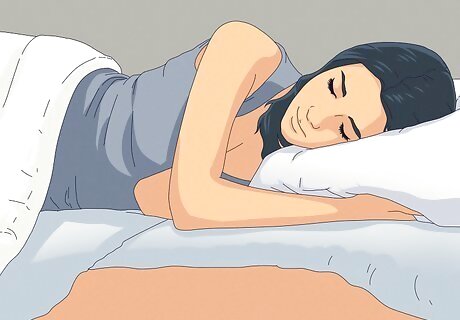
Rest to prevent overtraining. Muscles repair themselves during periods of rest. Unrested, a muscle can become strained much more easily. After particularly hard rehearsals, give your muscles a day or so of recovery time. Along with taking days off occasionally, be sure to sleep 7 to 8 hours each night. Try to keep your sleep habits as consistent as possible. Fatigue and the likelihood of injury both decrease when you get enough rest.

Take pains and minor injuries seriously. If you’ve injured yourself, don’t dance through the pain. Ignoring aches and injuries will only serve to prolong them. It can also result in permanent damage, which will affect your dancing perpetually. Always take time to recover after you’ve hurt yourself. Get advice from your trainer or a doctor about how to address each injury during recovery and follow it. You risk further injury if you give yourself no recovery time.
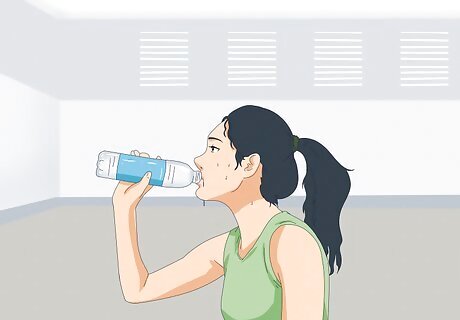
Stay hydrated. As a dancer, you’ll need to consume more fluids than a less active person to stay healthy. The adequate intake of fluids for men is about 13 cups (3 liters) daily. For women, about 9 cups (2.2 liters) of fluids are needed each day. On a typical training day, you’ll probably need to take in an additional 1.5 to 2.5 cups (400 to 600 milliliters) of water to replace what you lost through sweat. On days of intense training, you should consume sports drinks containing sodium on top of the additional water. Drink water and sports drinks during your training, and continue to hydrate well afterward.
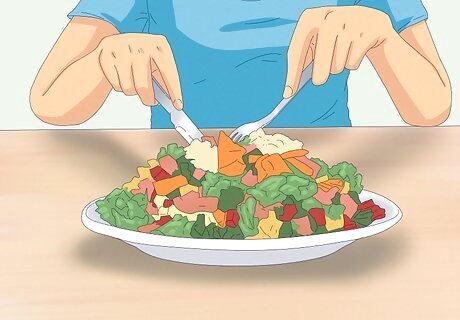
Eat a healthy and balanced diet. Dancing is very athletic and requires a lot of energy. To perform your best, you need to consume nutrient-rich food. Make sure that your daily diet includes a range of foods from the major food groups – fruits, vegetables, whole grains, low-fat dairy products, and lean protein including beans and other legumes, nuts and seeds, and other healthy fats.


















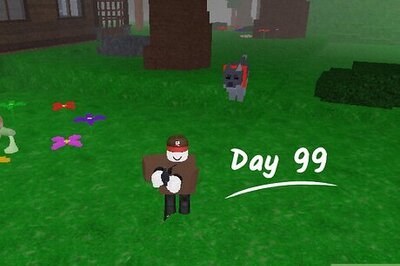

Comments
0 comment